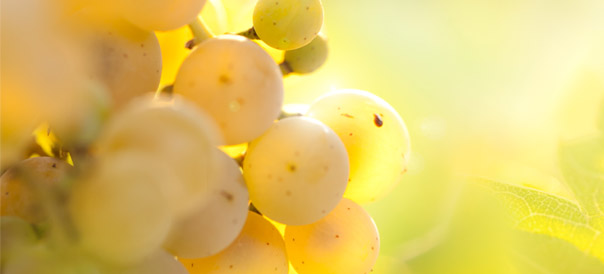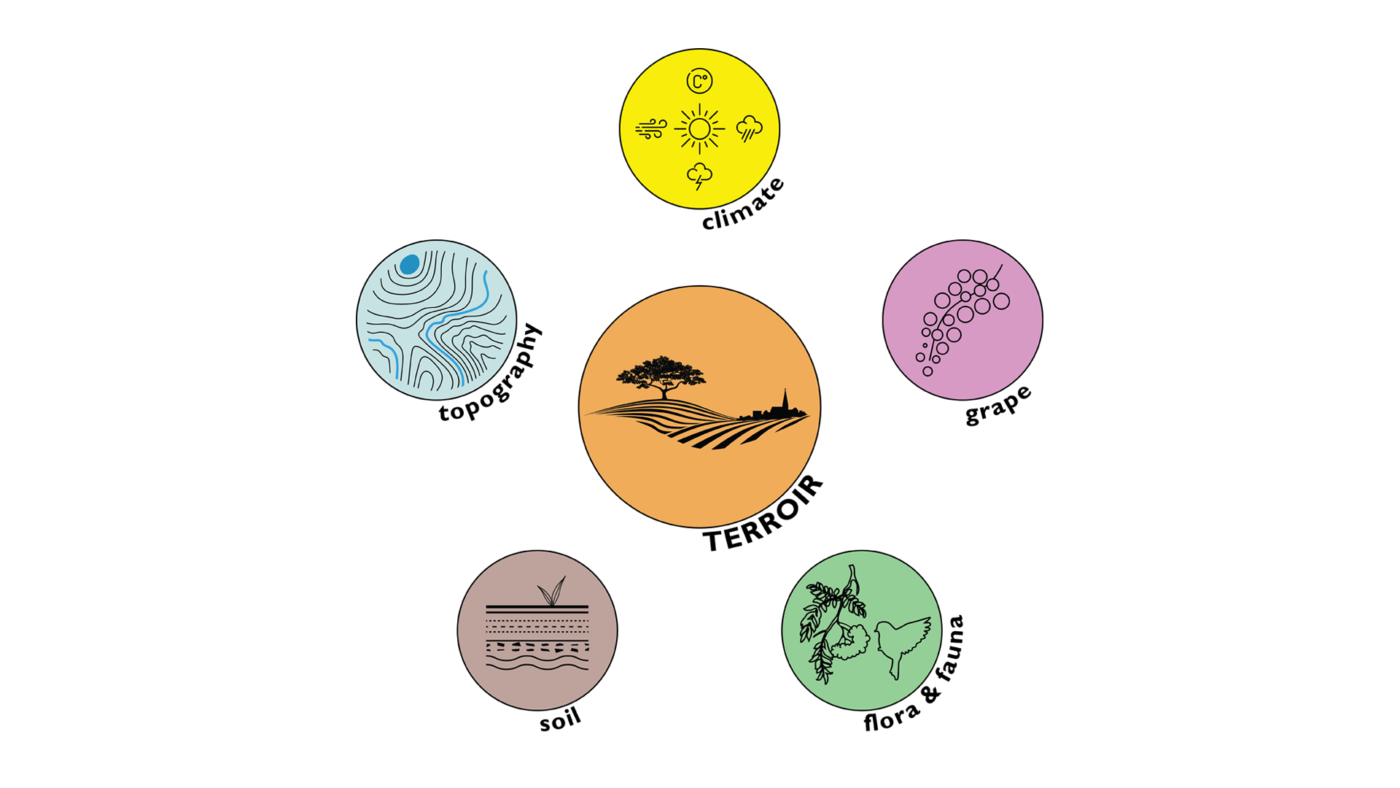howling
Terroir Matters
When it comes to wine Terroir is a term representing a sense of place. It is the natural environment in which wine is produced, influenced by factors such as climate, topography and soil.
Terroir derives from the French word terre, meaning land. Over the centuries the term was used by French winegrowers noticing a vineyard’s environment had significant impact on the grapes. They compared wines from different regions, large regions, smaller regions and even minor zones within a vineyard.
In identifying the character of a terroir and the actual effect on the wines produced a number of conditions are taken in consideration:
Climate
Basically we see two types of climates: cool climate and warm climate. Wine grapes from warmer climates generate higher sugar levels, producing higher alcohol wines. Cooler climate wine grapes generally have lower sugar levels, retaining more acidity.
Topography
Besides elevation, things like geological features (mountains, valleys, being located far inland), other flora (plants, microbes and trees) and large bodies of water affect how a wine from a particular region tastes.
The slope, or aspect, of a vineyard affects the amount of sunlight grapes receive. As with temperature, sunlight is essential for grapes to ripen. If grapes receive insufficient sunlight, wines will display harsh, unwanted, “green” characteristics; too much sunlight, on the other hand, and grapes become cooked, producing bitter jammy flavors.

Altitude, on the other hand, impacts the temperature of a vineyard. As altitude increases, the temperature of the vineyard decreases, allowing viticulture in regions that would otherwise be far too hot to produce quality wines. High-altitude vineyards also experience a high diurnal range (difference in day and night-time temperatures). This helps grapes maintain acidity, providing balanced wines.
Physical features such as lakes or mountains can be vital to the success of vines. Lakes, rivers or large bodies of water provide a moderating influence (warming in winter, cooling in summer) called lake effect, while mountain ranges can offer protection against elements such as a wind or rain.
Soil
There are hundreds of different types of soil, rock and mineral deposits in the world’s vineyards, giving direction to the flavor of the grapes. Topsoil is of importance for the root system and primary feeding network. Subsoil is geologically stable, where roots can penetrate and collect nutrients in deeper grounds.
While there is no scientific proof associating the taste of ‘minerality’ to actual minerals in a wine, some magic does happen (if you believe).
The type and composition of soil can alter the ambient temperature within a vineyard. Darker soils absorb sunlight and increase the temperature while lighter soils are reflective. Large rocks and boulders within the ground store heat, warming vines during the night when air temperature drops. Finally, soil directs the supply of water to grapes. Water is stored in soil by binding to clay particles; the higher percentage of clay within a soil, the more water is retained. Grapes require a delicate balance of water and either too much or too little can result in poor quality grapes, and subsequently, poor quality wine.
Grape variety and different clones
Many grape growers believe it is obvious the vines are part of the terroir itself. A terroir could not be as outstanding as it is if there was a change of grape variety on a specific plot. “A terroir can bring excellence to life only with a very specific vine”.
Altitude, on the other hand, impacts the temperature of a vineyard. As altitude increases, the temperature of the vineyard decreases, allowing viticulture in regions that would otherwise be far too hot to produce quality wines. High-altitude vineyards also experience a high diurnal range (difference in day and night-time temperatures). This helps grapes maintain acidity, providing balanced wines.
Physical features such as lakes or mountains can be vital to the success of vines. Lakes, rivers or large bodies of water provide a moderating influence (warming in winter, cooling in summer) called lake effect, while mountain ranges can offer protection against elements such as a wind or rain.

Local flora and fauna
Grasses and herbs between rows compete with vines for water and nutrients, but can also improve soil and increase biodiversity. For a lot of Natural Wine makers biodiversity is an essential component in their philosophy towards grape growing, sustainability of the vineyard and their wine making tradition.
Yet, biodiversity has the good side effect that the roots of the vines dig deeper into the ground for water and nutrients, resulting often in more complex wines.
Trying to make a short overview, the term Terroir is definitely a subject of common interest and discussion. If you would like to add some or share your thoughts, do not hesitate to leave your note.


